Home>Gardening & Outdoor>Landscaping Ideas>How Long Does It Take Seeded Grass To Grow
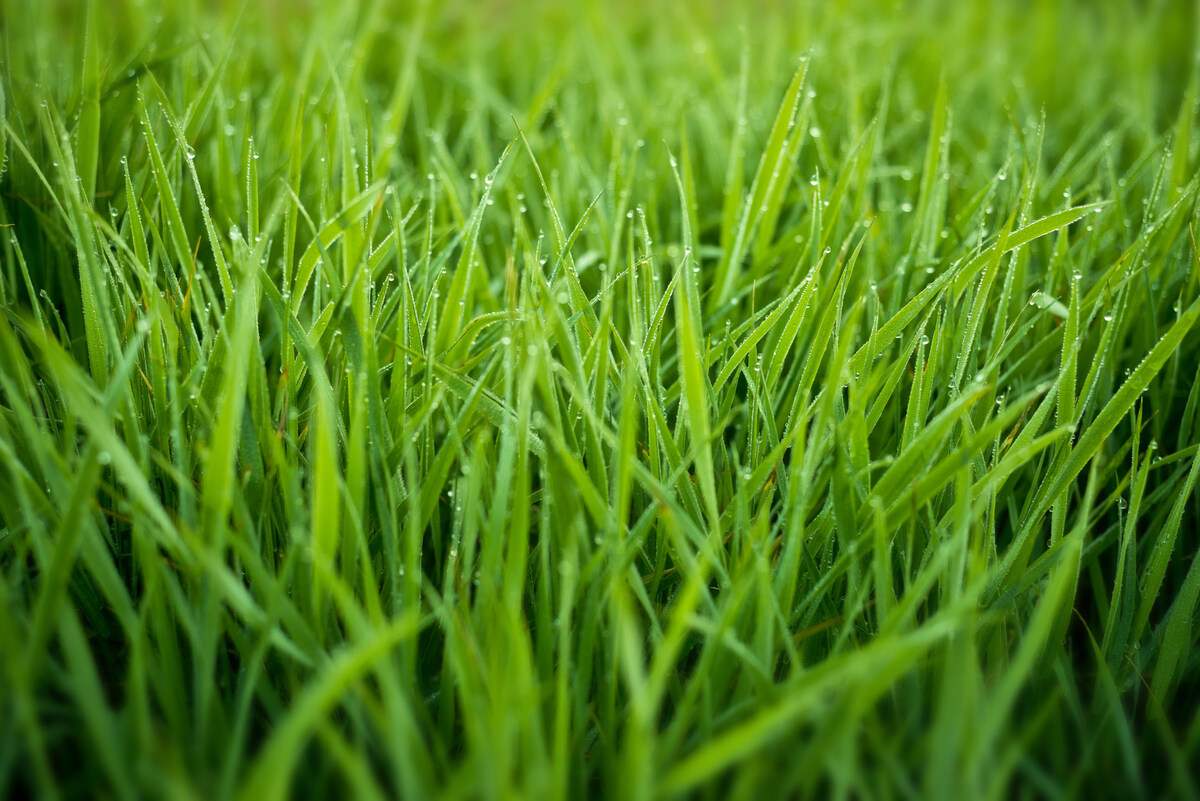

Landscaping Ideas
How Long Does It Take Seeded Grass To Grow
Modified: January 24, 2024
Learn about landscaping ideas and the timeline for seeded grass to grow. Discover how long it takes and get tips for a successful lawn.
(Many of the links in this article redirect to a specific reviewed product. Your purchase of these products through affiliate links helps to generate commission for Storables.com, at no extra cost. Learn more)
Introduction
So, you've decided to transform your outdoor space with a lush, vibrant lawn. Whether you're establishing a new lawn or overseeding an existing one, understanding the growth process of seeded grass is essential for achieving the verdant carpet of your dreams. The journey from sowing grass seed to luxuriant greenery underfoot is an exciting one, but it requires patience and proper care.
In this comprehensive guide, we'll delve into the factors influencing grass seed germination, the optimal conditions for nurturing seeded grass, the timeline for growth, and valuable tips for expediting the germination process. By the end, you'll be equipped with the knowledge and strategies to foster robust and flourishing grass growth in your outdoor sanctuary. Let's embark on this green-fingered adventure together!
Key Takeaways:
- Grass seed germination is influenced by factors like seed quality, soil preparation, moisture, temperature, light, and weed competition. Understanding and addressing these factors can significantly enhance the likelihood of successful grass seed germination.
- Creating ideal growing conditions, monitoring the timeline for growth, and implementing strategies to expedite grass seed germination are crucial for nurturing a healthy and resilient lawn. Patience, attentiveness, and proper care are essential elements in this green-fingered adventure.
Read more: How Long Does It Take Seeds To Grow
Factors Affecting Grass Seed Germination
The germination of grass seed is influenced by several key factors, each playing a crucial role in the successful establishment of a healthy lawn. Understanding these factors empowers you to make informed decisions and take the necessary steps to optimize the germination process.
- Seed Quality: The quality of the grass seed itself significantly impacts germination. High-quality seeds sourced from reputable suppliers are more likely to germinate reliably and produce vigorous seedlings.
- Soil Preparation: The condition of the soil sets the stage for successful germination. Properly prepared soil, free from debris and weeds, with good drainage and adequate nutrient levels, creates an optimal environment for seedling development.
- Moisture: Adequate moisture is essential for initiating the germination process. Consistent, light watering is crucial to keep the soil evenly moist without causing waterlogging, which can suffocate the seeds.
- Temperature: Grass seeds have specific temperature requirements for germination. Optimal soil temperatures, varying by grass species, promote quicker and more uniform germination. Monitoring soil temperature is critical for successful establishment.
- Light: While some seeds require exposure to light for germination, others germinate best in darkness. Understanding the light requirements of the specific grass species you are cultivating ensures that you provide the ideal conditions for germination.
- Weed Competition: Weeds can hinder the germination and growth of grass seedlings by competing for resources. Taking measures to minimize weed presence during the germination phase is vital for the success of the seeded grass.
By considering and addressing these factors, you can significantly enhance the likelihood of successful grass seed germination, setting the stage for a thriving lawn.
Ideal Growing Conditions for Seeded Grass
Creating an environment that is conducive to the growth and development of seeded grass is pivotal in ensuring a robust and verdant lawn. By providing the following ideal conditions, you can set the stage for successful germination and sustained growth:
- Optimal Soil pH: The pH level of the soil plays a crucial role in the availability of essential nutrients to the grass seedlings. Most grass species thrive in slightly acidic to neutral soil, typically within the pH range of 6.0 to 7.5.
- Adequate Sunlight: Most grass species require ample sunlight for photosynthesis and healthy growth. Ensuring that the seeded area receives the recommended amount of sunlight based on the specific grass species is essential for robust development.
- Proper Drainage: Excess water can impede germination and cause root rot, emphasizing the importance of well-draining soil. Amending heavy or compacted soil with organic matter can improve drainage and aeration, creating an optimal environment for root establishment.
- Appropriate Watering: Consistent, light watering is essential to keep the soil evenly moist during the germination phase. Care should be taken to avoid overwatering, which can lead to seed displacement and fungal issues.
- Moderate Temperatures: Maintaining moderate temperatures during the germination and early growth stages promotes healthy establishment. Extreme heat or cold can hinder germination and stress young seedlings.
- Minimal Disturbance: Minimizing foot traffic and other disturbances on the seeded area supports the delicate germination process and early growth stages, allowing the grass seedlings to establish strong root systems.
By aligning the growing conditions with the specific requirements of the grass species you are cultivating, you can create an environment that fosters optimal germination, vigorous growth, and long-term vitality.
Water the newly seeded grass regularly, keep the soil moist but not waterlogged. It usually takes 7-30 days for seeded grass to germinate and 3-4 weeks to establish a visible lawn.
Timeline for Seeded Grass Growth
The journey from sowing grass seed to enjoying a lush, dense lawn unfolds over a series of distinct stages, each marked by visible changes and milestones. Understanding the timeline for seeded grass growth provides valuable insights into the progression of the germination process and the development of a thriving lawn.
Days 1-5: Germination
During the first few days after sowing, the grass seeds begin to absorb moisture and initiate the germination process. Tiny root structures, known as radicles, emerge from the seeds, anchoring them in the soil as they prepare to send up shoots.
Days 5-10: Seedling Establishment
As the germination continues, the seedlings develop and push upward through the soil. At this stage, it is crucial to maintain consistent moisture levels to support the young seedlings as they establish their root systems.
Days 10-21: Early Growth
By this time, the seeded area begins to exhibit a greenish hue as the grass seedlings grow and multiply. Careful monitoring of watering and environmental conditions is essential to ensure the continued health and vigor of the developing grass.
Weeks 3-6: Maturing Seedlings
As the grass seedlings mature, they develop a more recognizable blade structure and start to fill in the bare areas. At this stage, the lawn may require light, infrequent mowing to encourage further growth and density.
Weeks 6-12: Dense Growth
By this time, the seeded grass should have established a dense cover, creating a lush and vibrant lawn. Regular maintenance practices, such as mowing, watering, and fertilization, are crucial for sustaining the health and beauty of the established grass.
It is important to note that the timeline for seeded grass growth can vary based on factors such as grass species, environmental conditions, and maintenance practices. By closely monitoring the progress of the seeded area and providing attentive care, you can help facilitate the transition from freshly sown seeds to a flourishing, verdant lawn.
Tips for Speeding Up Grass Seed Germination
For those eager to expedite the germination process and witness the emergence of a lush green lawn at an accelerated pace, several strategies can help speed up grass seed germination while maintaining the health and vitality of the developing grass.
- Choose the Right Seed: Select high-quality grass seed that is well-suited to your specific climate and growing conditions. Opting for quick-germinating varieties can expedite the establishment of the lawn.
- Prepare the Soil Thoroughly: Properly prepare the soil by removing debris, weeds, and rocks, and loosen the top layer to create an ideal seedbed. Amending the soil with organic matter can improve its structure and nutrient content, enhancing the conditions for germination.
- Use a Starter Fertilizer: Applying a starter fertilizer when seeding can provide essential nutrients that support the initial growth of the grass seedlings, promoting quicker establishment.
- Ensure Adequate Moisture: Keeping the seeded area consistently moist is crucial for prompt germination. Light, frequent watering helps prevent the soil from drying out, supporting the germination process without causing waterlogging.
- Protect the Seeded Area: Covering the seeded area with a thin layer of straw or mulch can help retain moisture, prevent soil erosion, and shield the seeds from excessive heat, promoting faster and more uniform germination.
- Monitor and Adjust Soil Temperature: Utilize soil thermometers to monitor and regulate the soil temperature, ensuring that it falls within the optimal range for the germination of the selected grass species.
- Minimize Foot Traffic: Limiting foot traffic and other disturbances on the seeded area minimizes soil compaction and disturbance of the emerging seedlings, facilitating uninterrupted germination and growth.
- Provide Adequate Light and Airflow: Ensure that the seeded area receives the appropriate amount of sunlight based on the grass species’ light requirements. Adequate airflow around the seeds and seedlings is also essential for healthy growth.
By implementing these tips and techniques, you can accelerate the germination of grass seed and expedite the transformation of your outdoor space into a lush, vibrant lawn.
Read more: How Long Does It Take For Grass To Grow
Conclusion
Embarking on the journey of growing a lush, vibrant lawn from seeded grass is a rewarding and fulfilling endeavor. By understanding the factors influencing grass seed germination, creating ideal growing conditions, and following a timeline for growth, you can nurture the development of a healthy and resilient lawn. Additionally, implementing strategies to expedite grass seed germination empowers you to witness the transformation of your outdoor space at an accelerated pace while ensuring the long-term vitality of the grass.
As you navigate the process of establishing seeded grass, remember that patience, attentiveness, and proper care are essential elements in fostering successful germination and sustained growth. Each stage of the journey, from sowing the seeds to witnessing the emergence of a dense, verdant lawn, offers opportunities to connect with nature and take pride in nurturing a thriving ecosystem.
By leveraging the insights and tips provided in this guide, you are well-equipped to embark on your green-fingered adventure, transforming your outdoor space into a vibrant oasis of natural beauty. Whether you are creating a new lawn or rejuvenating an existing one, the journey from seeded grass to a flourishing lawn is a testament to the transformative power of patience, knowledge, and dedicated care.
As you witness the gradual emergence of the seeded grass and the subsequent transformation into a lush carpet of greenery, may you find joy and fulfillment in the nurturing process, knowing that your efforts have contributed to the creation of a vibrant and inviting outdoor sanctuary.
Frequently Asked Questions about How Long Does It Take Seeded Grass To Grow
Was this page helpful?
At Storables.com, we guarantee accurate and reliable information. Our content, validated by Expert Board Contributors, is crafted following stringent Editorial Policies. We're committed to providing you with well-researched, expert-backed insights for all your informational needs.
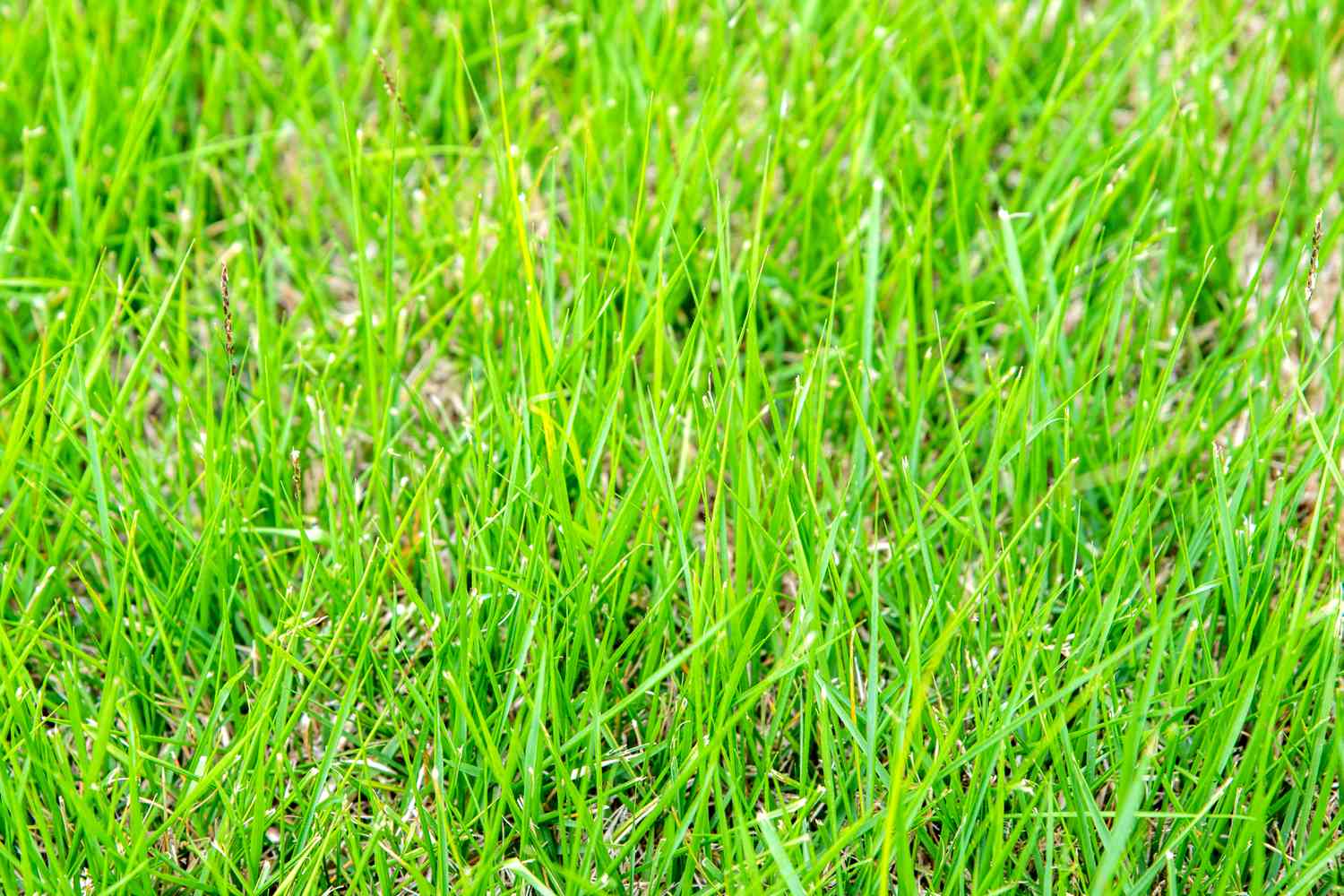
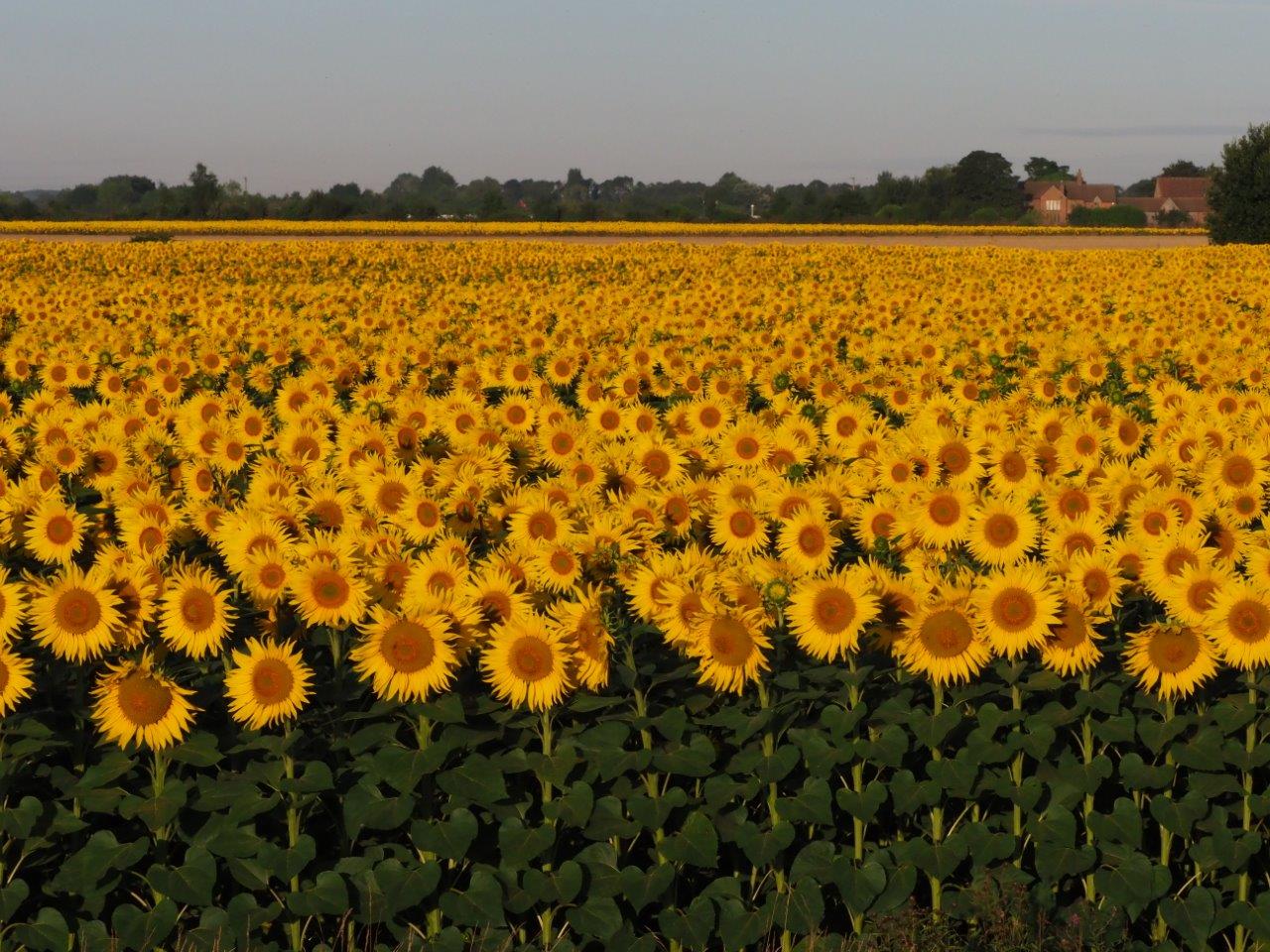

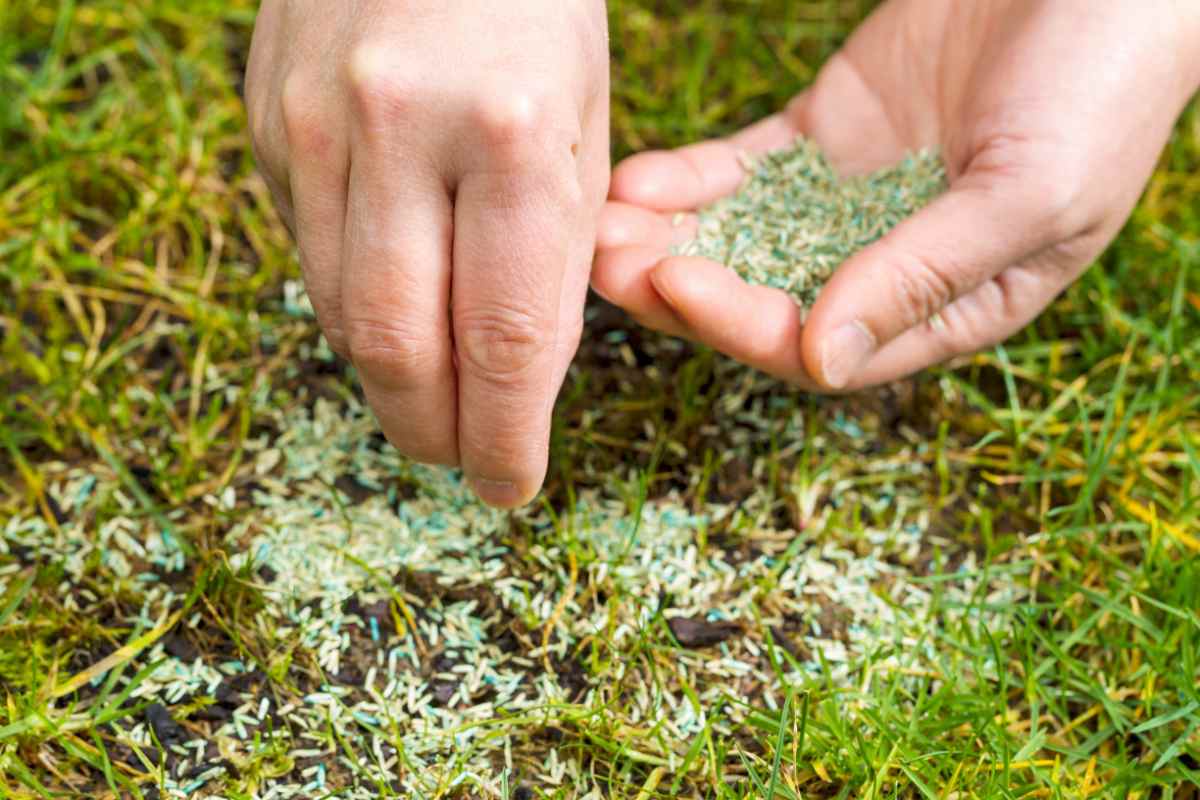

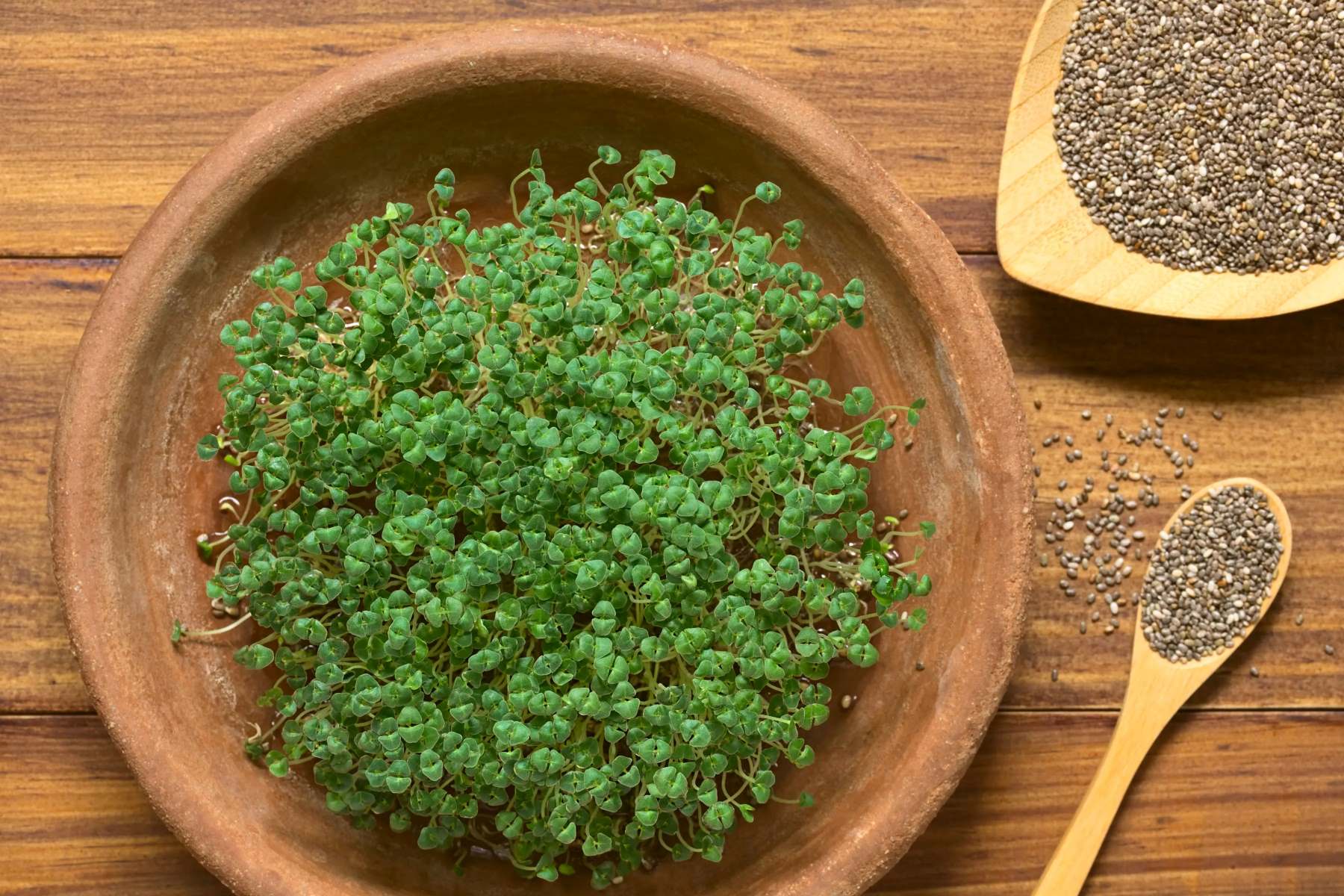
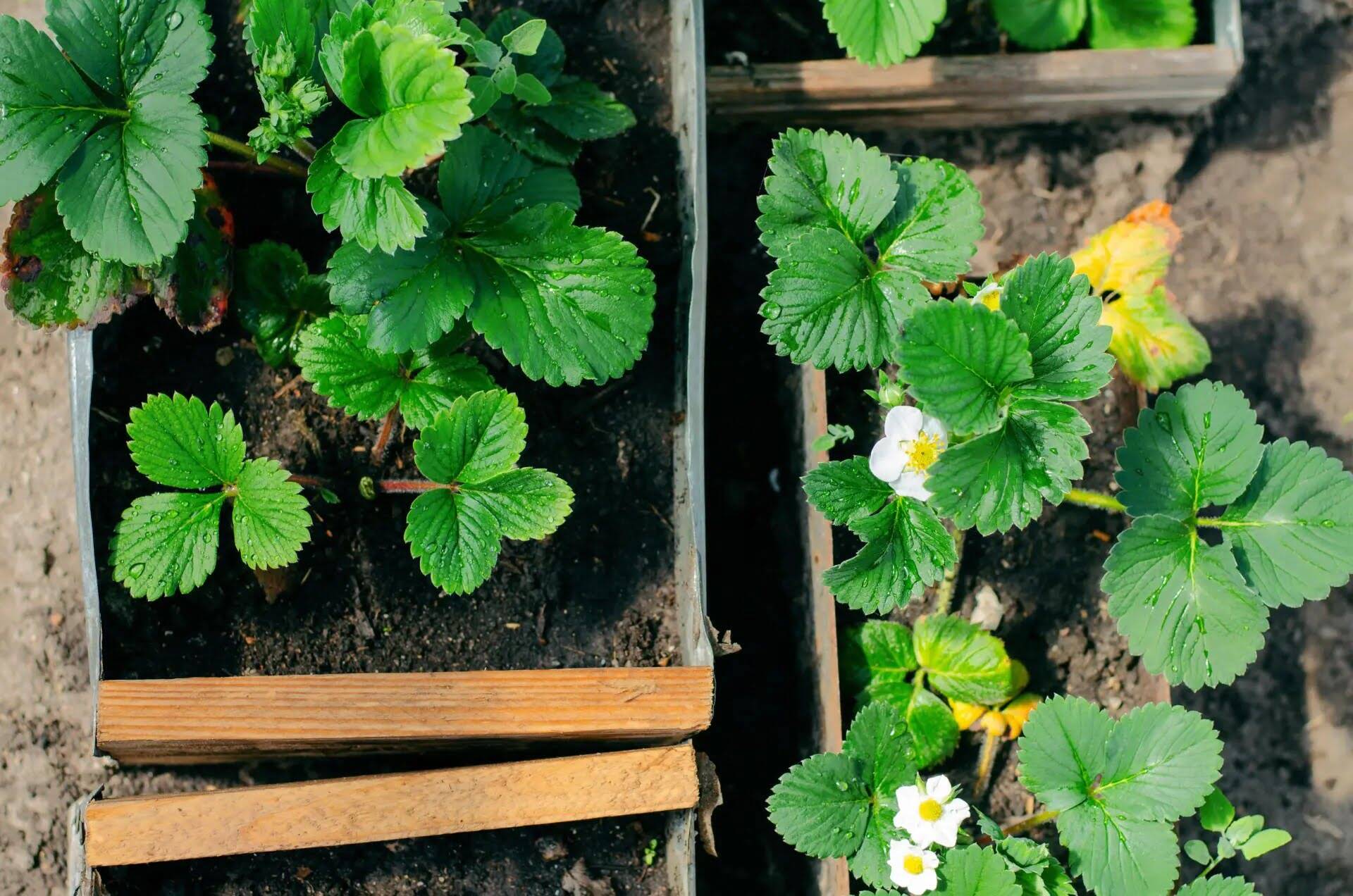
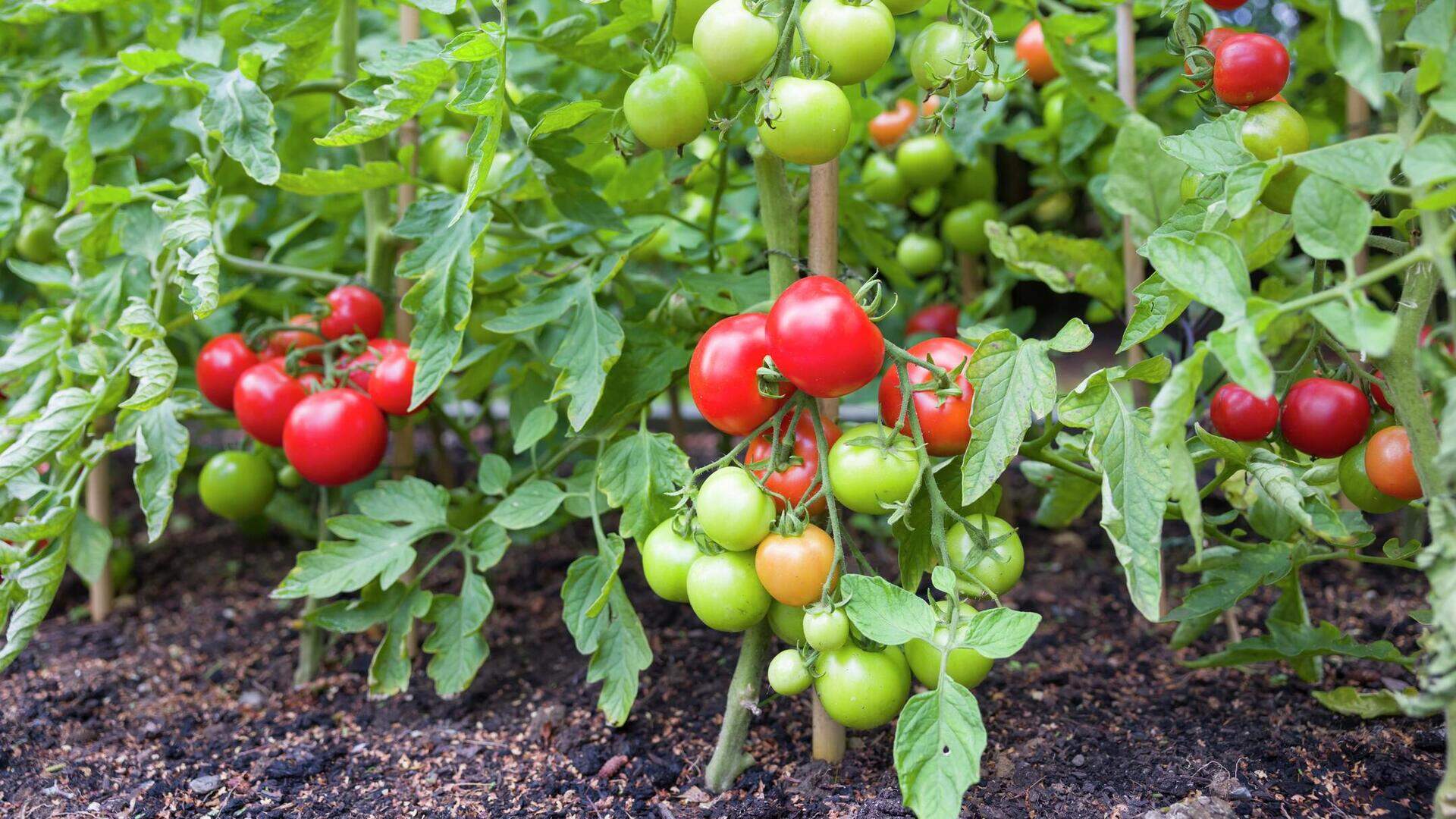

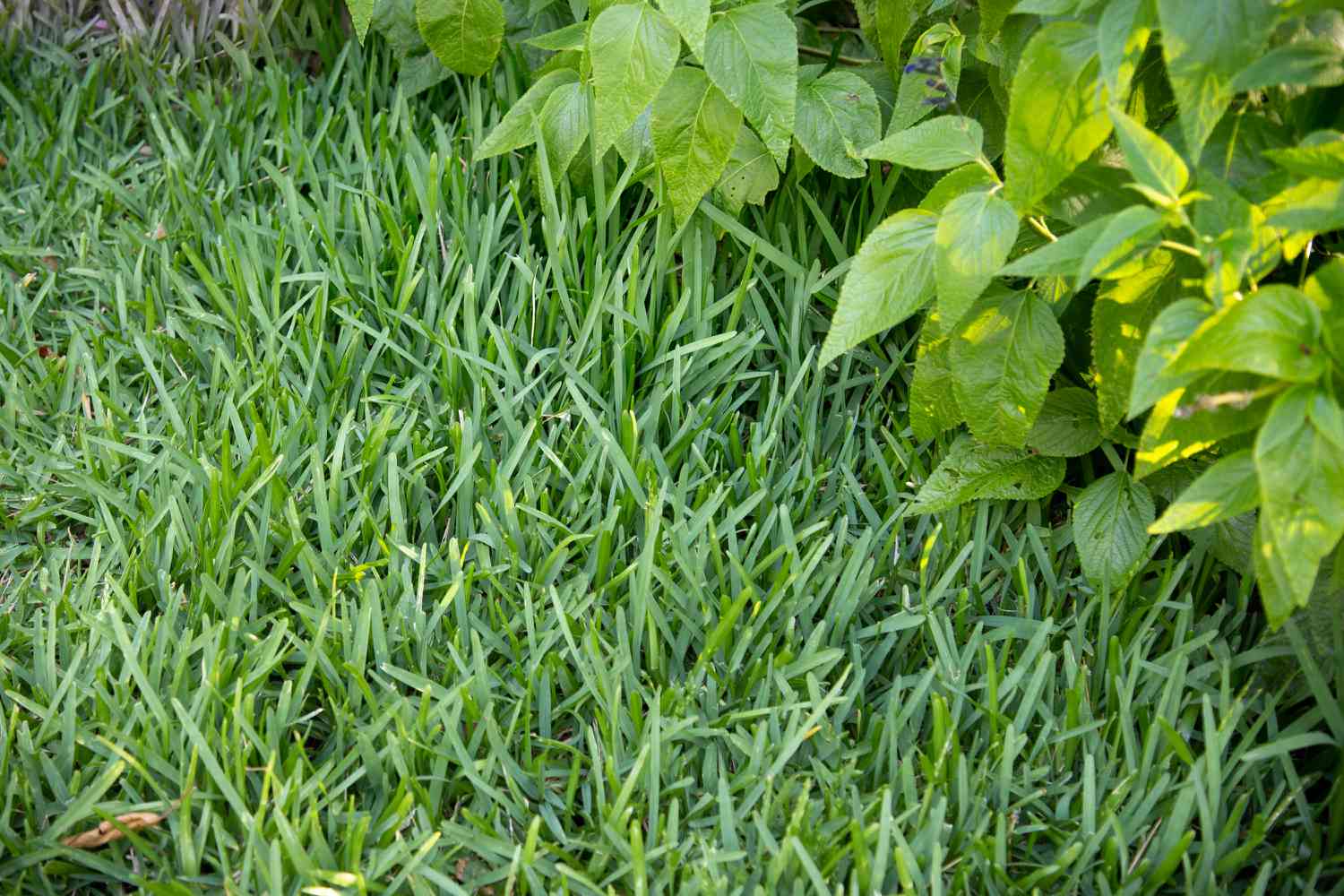
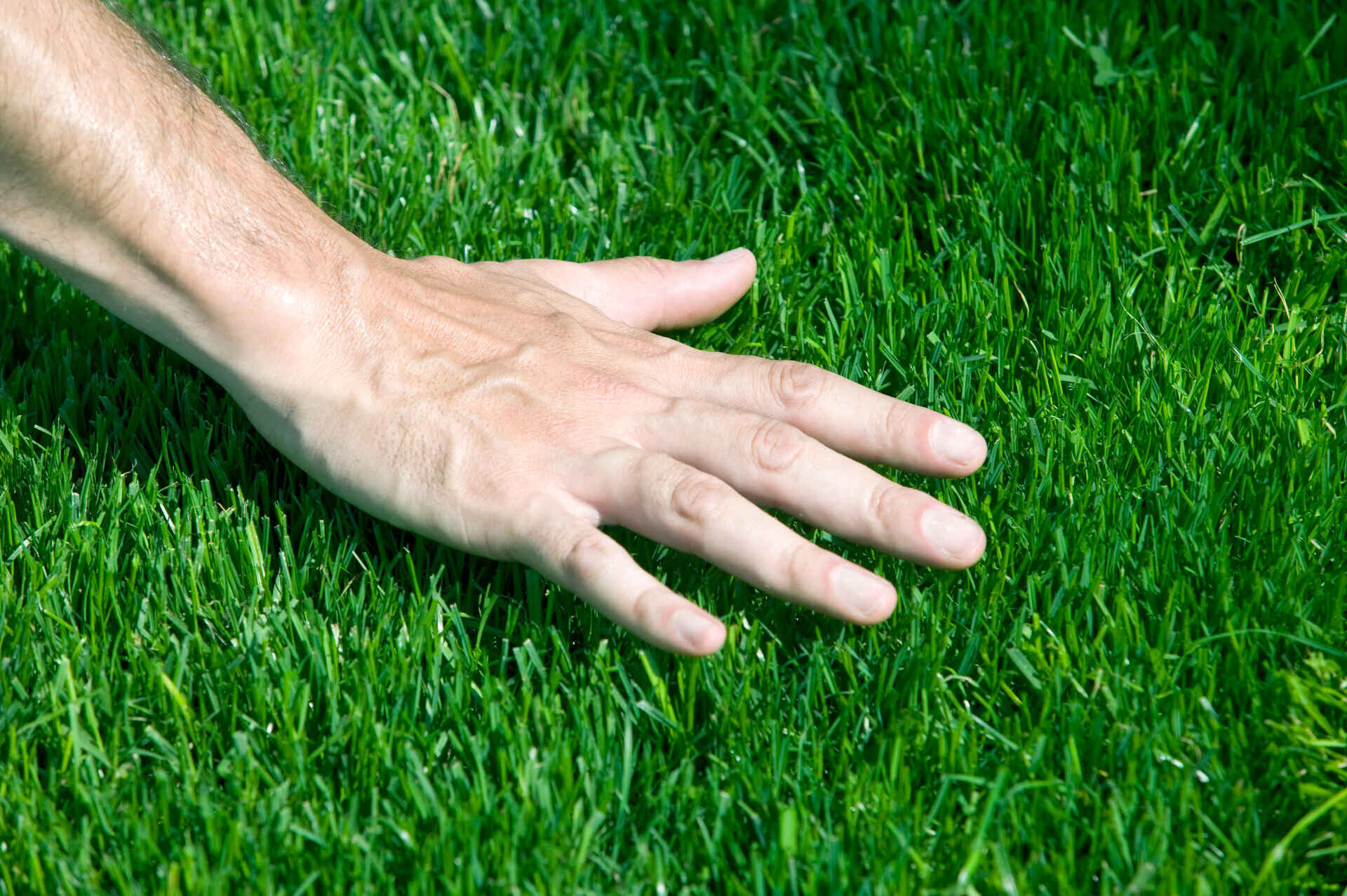
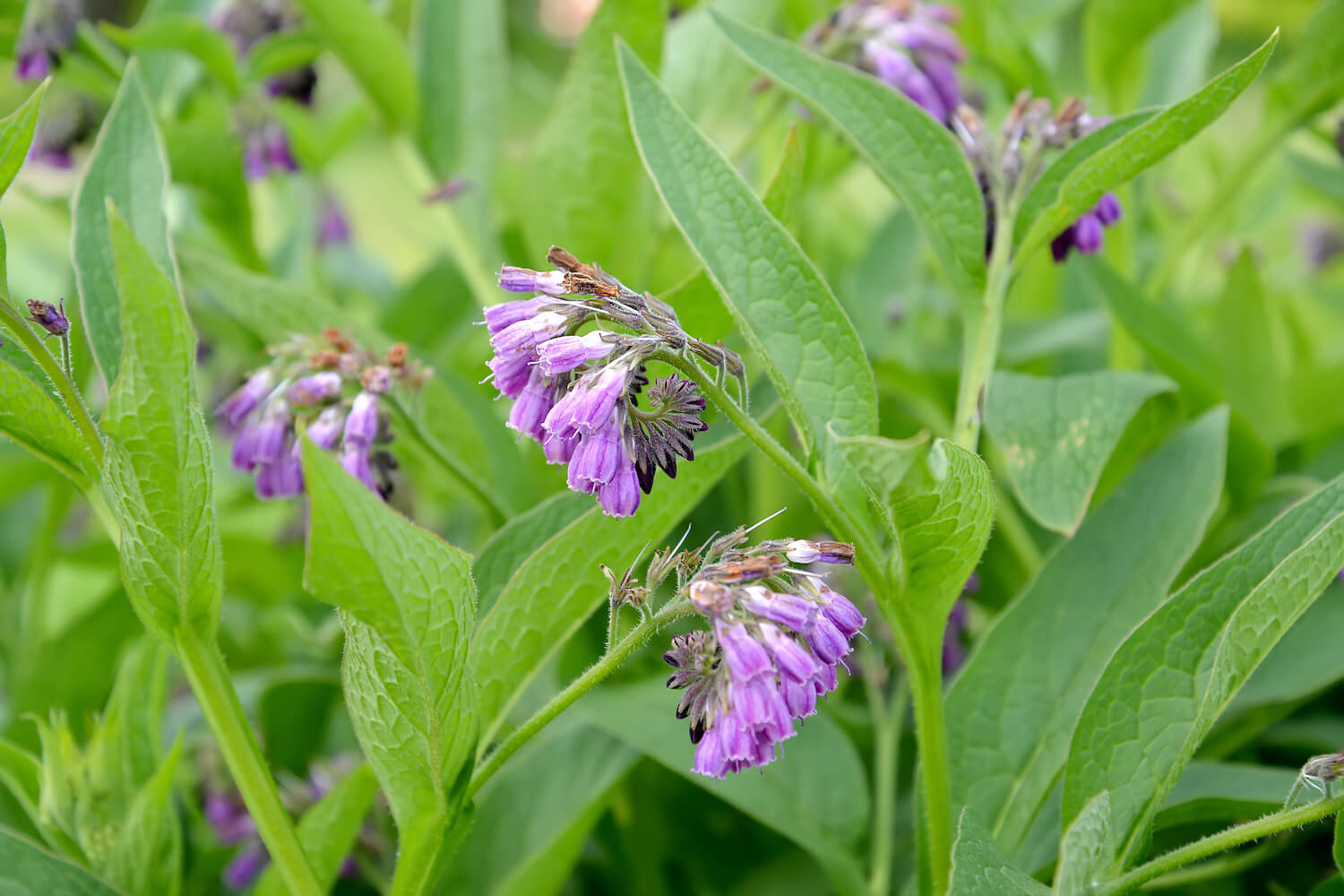
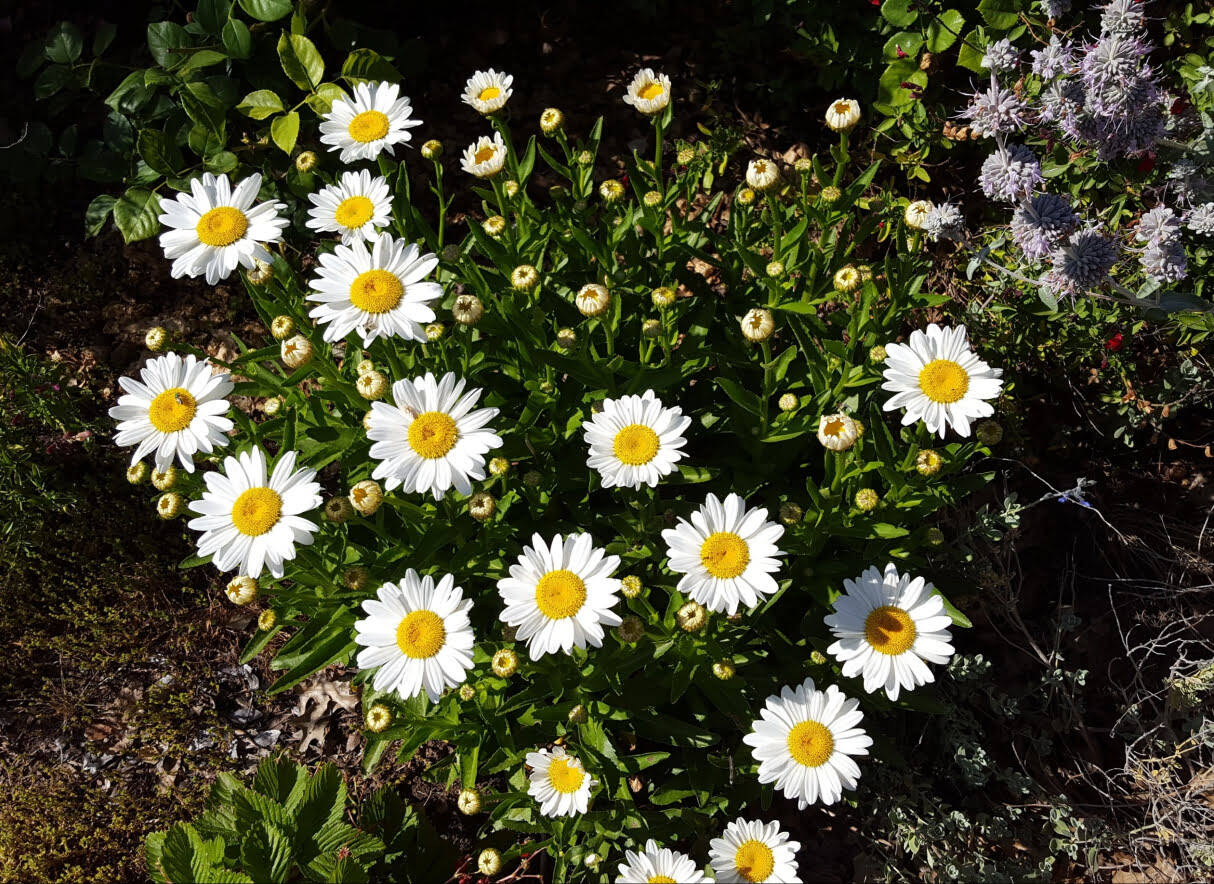
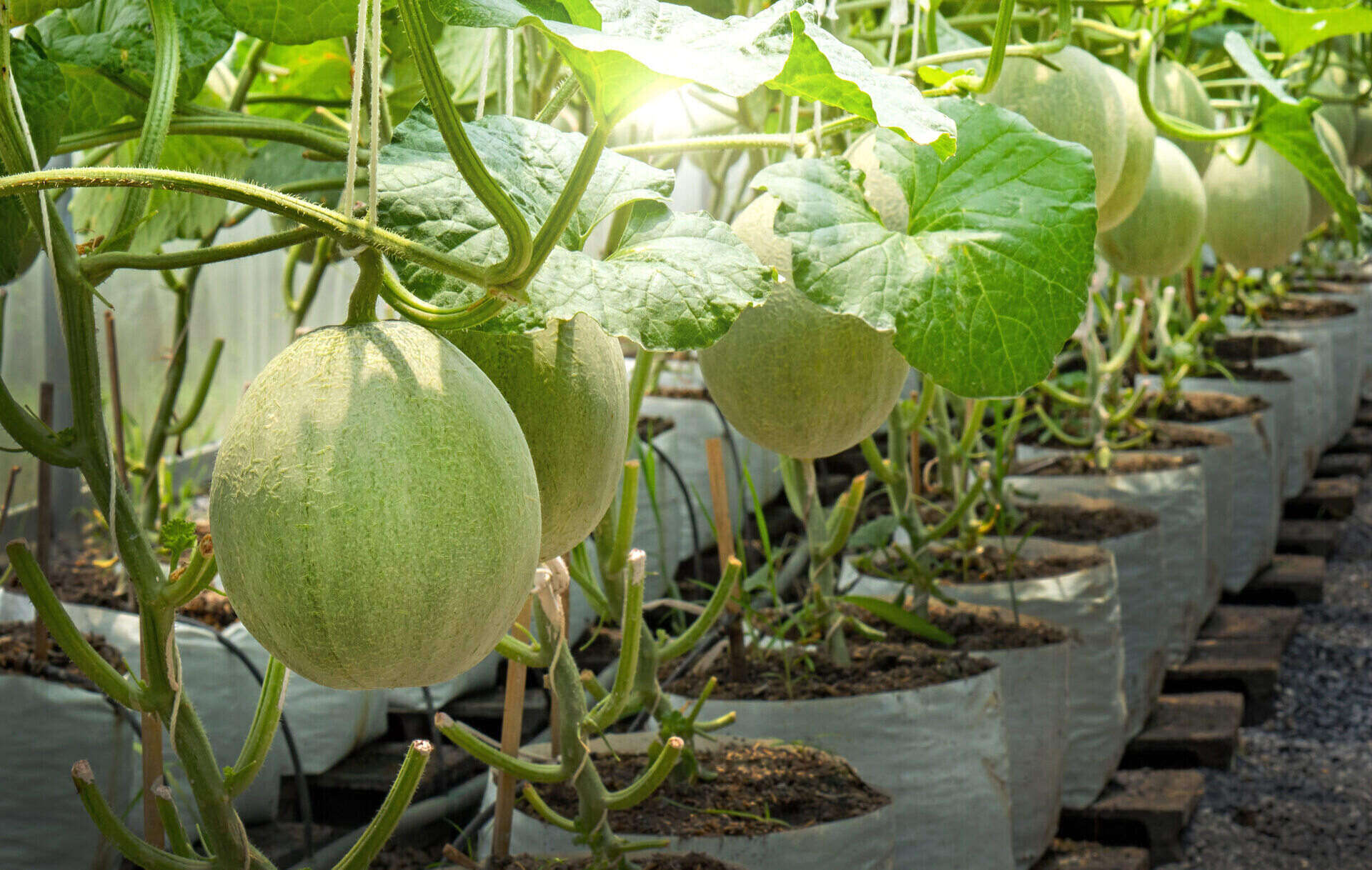

0 thoughts on “How Long Does It Take Seeded Grass To Grow”